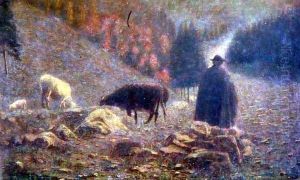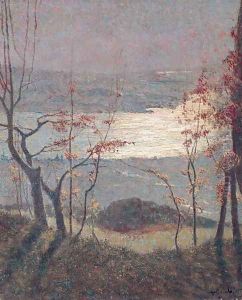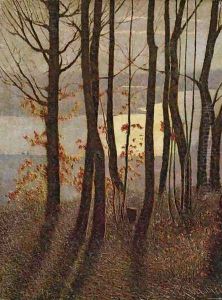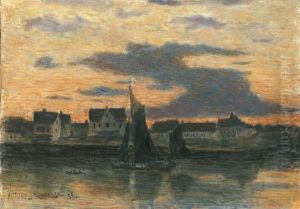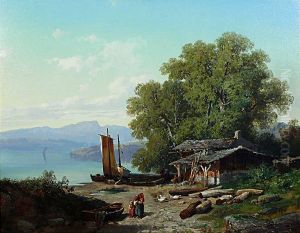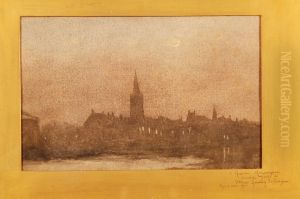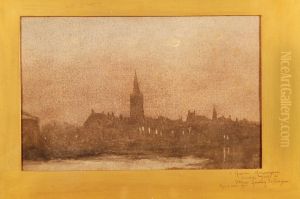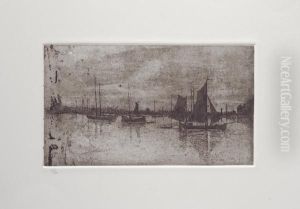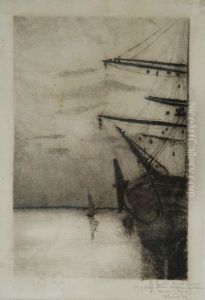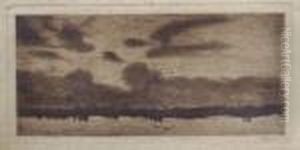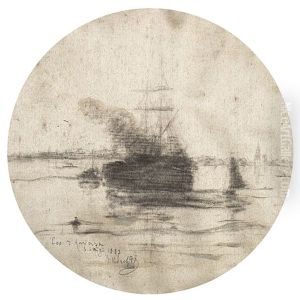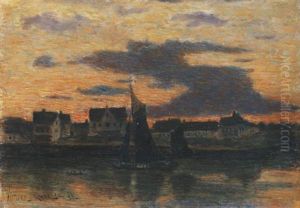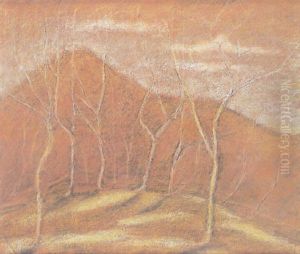Vittore Grubicy de Dragon Paintings
Vittore Grubicy de Dragon was an influential Italian art critic, gallerist, and painter, who played a pivotal role in the development of modern art in Italy during the late 19th and early 20th centuries. Born into a wealthy family, Grubicy initially pursued a career in business before dedicating himself to the arts. His early involvement in the art world was as a promoter and supporter of the Scapigliatura movement, a group of artists and writers in Milan who sought to challenge traditional Italian art and literature.
Grubicy's significant contribution to art, however, came through his role as an art critic and gallerist. He was a passionate advocate for Divisionism, an artistic technique related to Pointillism, which was characterized by the separation of colors into individual dots or patches that interacted optically. Through his gallery in Milan, Grubicy promoted the work of many avant-garde artists, including Giuseppe Pellizza da Volpedo and Giovanni Segantini, helping to introduce Divisionism to a broader audience.
In addition to his work as a promoter of new art, Grubicy also developed his style as a painter, focusing on landscapes that he rendered using the Divisionist technique. His paintings are known for their emotive use of light and color, often depicting scenes from the Alps and the Lombard countryside. Despite his achievements as a painter, Grubicy is primarily remembered for his role in shaping the direction of Italian modern art through his advocacy, writing, and mentorship of younger artists.
Throughout his life, Grubicy remained a central figure in Italy's artistic community, contributing to the spread of new ideas and practices in art. His legacy is reflected in the continued appreciation of Divisionism as an important step in the evolution of modern art in Italy. Vittore Grubicy de Dragon died in 1920, leaving behind a body of work that continues to be studied and admired for its innovation and beauty.
